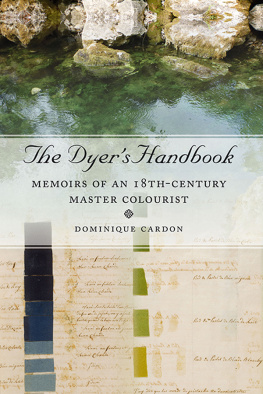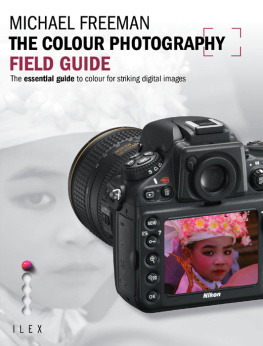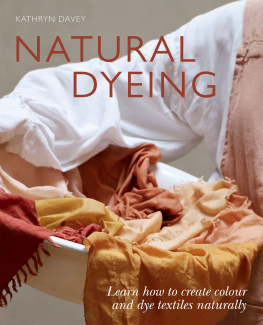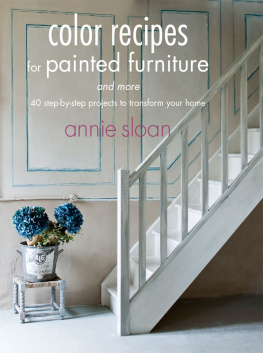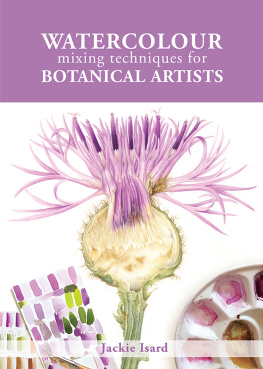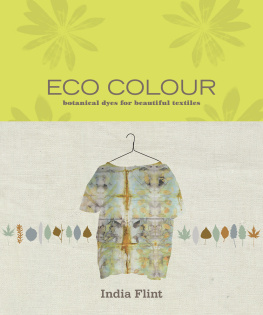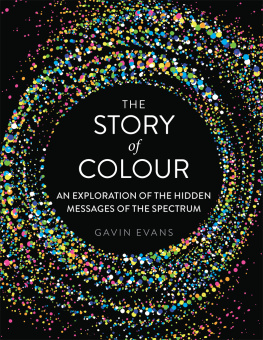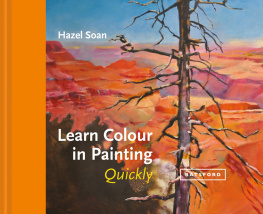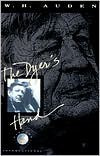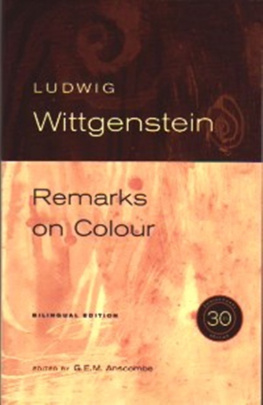
Published in the United Kingdom in 2016 by
OXBOW BOOKS
10 Hythe Bridge Street, Oxford OX1 2EW
and in the United States by
OXBOW BOOKS
1950 Lawrence Road, Havertown, PA 19083
Oxbow Books and Dominique Cardon 2016
Hardcover Edition: ISBN 978-1-78570-211-2
Digital Edition: ISBN 978-1-78570-212-9
A CIP record for this book is available from the British Library
Library of Congress Cataloging-in-Publication Data
[to be inserted once available]
All rights reserved. No part of this book may be reproduced or transmitted in any form or by any means, electronic or mechanical including photocopying, recording or by any information storage and retrieval system, without permission from the publisher in writing.
Printed in [to be inserted later]
For a complete list of Oxbow titles, please contact:
UNITED KINGDOM
Oxbow Books
Telephone (01865) 241249, Fax (01865) 794449
Email:
www.oxbowbooks.com
UNITED STATES OF AMERICA
Oxbow Books
Telephone (800) 791-9354, Fax (610) 853-9146
Email:
www.casemateacademic.com/oxbow
Oxbow Books is part of the Casemate Group
Front cover: The spring of Las Fons (D. Cardon); a page from the original manuscript of Mmoires de teinture
Back cover: [to be filled in later]

For my dear friends and family
in the British Isles and North America
Contents
Acknowledgements
I am very grateful to:
The family who owns the manuscript of Mmoires de teinture , who generously allowed me to study and publish it, and to Jean-Claude Richard, who brought me into contact with its members.
To Yvonne Mathieu, Roger Moni and Benjamin Assi for their help to locate the Bouillette spring and for their warm welcome to Bize.
At the Archives dpartementales de lHrault , I am greatly indebted to Julien Duvaux, Monique Bourseau, Vinciane Thomas; at the Archives dpartementales de lAude , to Sylvie Caucanas, then Director, and Georges Delmas; and to all the staff in both archives, who have been unfailingly kind and helpful.
I received a similarly friendly and highly efficient welcome from their English colleague archivists at Gloucester Archives Helen Timlin, Andrew Parry, and all the staff as well as at the Wiltshire and Swindon History Centre in Chippenham Gill Neal, Steven Hobbs, and all the staff.
I am very grateful to the following friends and colleagues who are sharing my interest in the sleeping treasures of dye books with samples and pattern books preserved in our respective countries archives:
Anita Quye, of the University of Glasgow, and Lucy Tann and the team at the Southwark Local History Library and Archive, for sharing their first assessment of the Crutchley Archives.
Jenny Balfour-Paul, of the University of Exeter, and Mary Henderson and Anne Buchanan, at Bath Central Library, for sharing information and photos concerning the Wallbridge Mill Dye Books.
Hero Granger-Taylor, for perseveringly, albeit unsuccessfully, trying to locate a pattern of woolen cloth made in North Wales, after the manner of that made in France in the Journal of the Commissioners for Trade and Plantations .
I gratefully acknowledge my indebtness to the friends and colleagues who communicated results from their ongoing research and allowed me to use information of great relevance to some of the issues discussed in this book:
Aki Arponen, on the history of alum exploitation in Sweden;
Annie Mollard-Desfour, on the history of some colour names;
David Pybus for his information on exports of Yorkshire alum to the south of France;
Tristan Yvon for his information on exports from the French West Indies to Bordeaux.
I am very thankful to Jennifer Tann for her encouragements and answers to my questions on the history of the Gloucestershire woollen industry she knows so well.
To the staff at the inter-library loans department of the Universit des Sciences et Techniques du Languedoc in Montpellier, Monique Hibade and Sandrine Beraud, go my heartfelt thanks for their extraordinary efficiency and perseverance in providing me with the greater part of the documentation consulted for this book.
I am very grateful to Witold Nowik, for his dye analyses and comments on the colorants he identified in some of the samples of cloth in the manuscript of Memoirs on Dyeing , and to Iris Brmaud, for her colorimetric measurements and characterisation of all the samples, and enlightening discussion of the results. It is thanks to the generous welcome of Jean Grard, Patrick Langbour, Daniel Guibal and Marie-France Thvenon, of the Research Unit BioWooEB of CIRAD (International Centre of Agronomic Research for Development) in Montpellier and their sharing of their equipment that these colorimetric measurements could be performed.
I thank Pierre-Normann Granier for the beautiful and exact photos he has taken of all the pages with samples in the manuscript.
I thank Karyn Mercier very much for her beautiful map and diagrams.
It has been a great pleasure working with the friendly staff at Oxbow Books especially Clare Litt, Mette Bundgaard and Hannah McAdams.
I thank the Pasold Research Fund very much for a grant which has enabled me to visit archive collections and examine dye books and pattern books of different clothiers and dyers, in Gloucester and Chippenham.
I am grateful to the Rgion Languedoc-Roussillon-Midi-Pyrnes for a grant which has contributed towards the expenses of the present publication.
Foreword
The core part of this book is the translation into English of the text of a French manuscript, Mmoires de teinture (Memoirs on Dyeing), the critical edition of which was published recently.
The manuscript is privately owned, and only one copy is known to exist. It is fragile and beautiful; the descriptions of dyeing processes contained in it are illustrated by samples of fine broadcloth dyed in the corresponding colours. This single French edition was the sole medium from which to make the memoirs accessible to the public.
This volume includes a translation of the original manuscript, with the addition of a number of essays that I hope will put this exceptional document in its historical, economic, technological contexts.
For those historians who have long been fascinated by the change in scale and the amount of innovation that occurred in woollen cloth production in Europe during the 17th and 18th centuries, the Memoirs on Dyeing brings first-hand insight into the daily preoccupations and tasks of a key actor in the success story of the Languedocian broadcloth production specially devised for export to the Levant. Even non-specialists may be interested in understanding the clever management and technical organisation that made it possible for the authors manufacture to produce, dye, finish, pack and export up to 1,375 pieces of superfine broadcloth per year, representing nearly 51 km of cloth of an estimated total weight of about 15,000 kg. Per day, it implied dyeing a minimum of eight half-pieces of cloth, each measuring 15 to 17 ells (18 to 19 metres) in length and thats without counting any holiday off.
The Memoirs on Dyeing also contribute new elements to clarify important technological issues about the competition that took place between the textile centres of Venice, the Netherlands, England and France to conquer the vast markets of the Ottoman Empire and beyond. The authors and his Languedocian colleagues best rivals at the time being the English clothiers of the West of England, I have started a research into their archives, pattern books and dye books, which will, of course, have to be continued, but has already allowed me, in this book, to propose some comparisons between the production systems in these two regions of Europe, each with a long tradition of wool weaving and dyeing.

